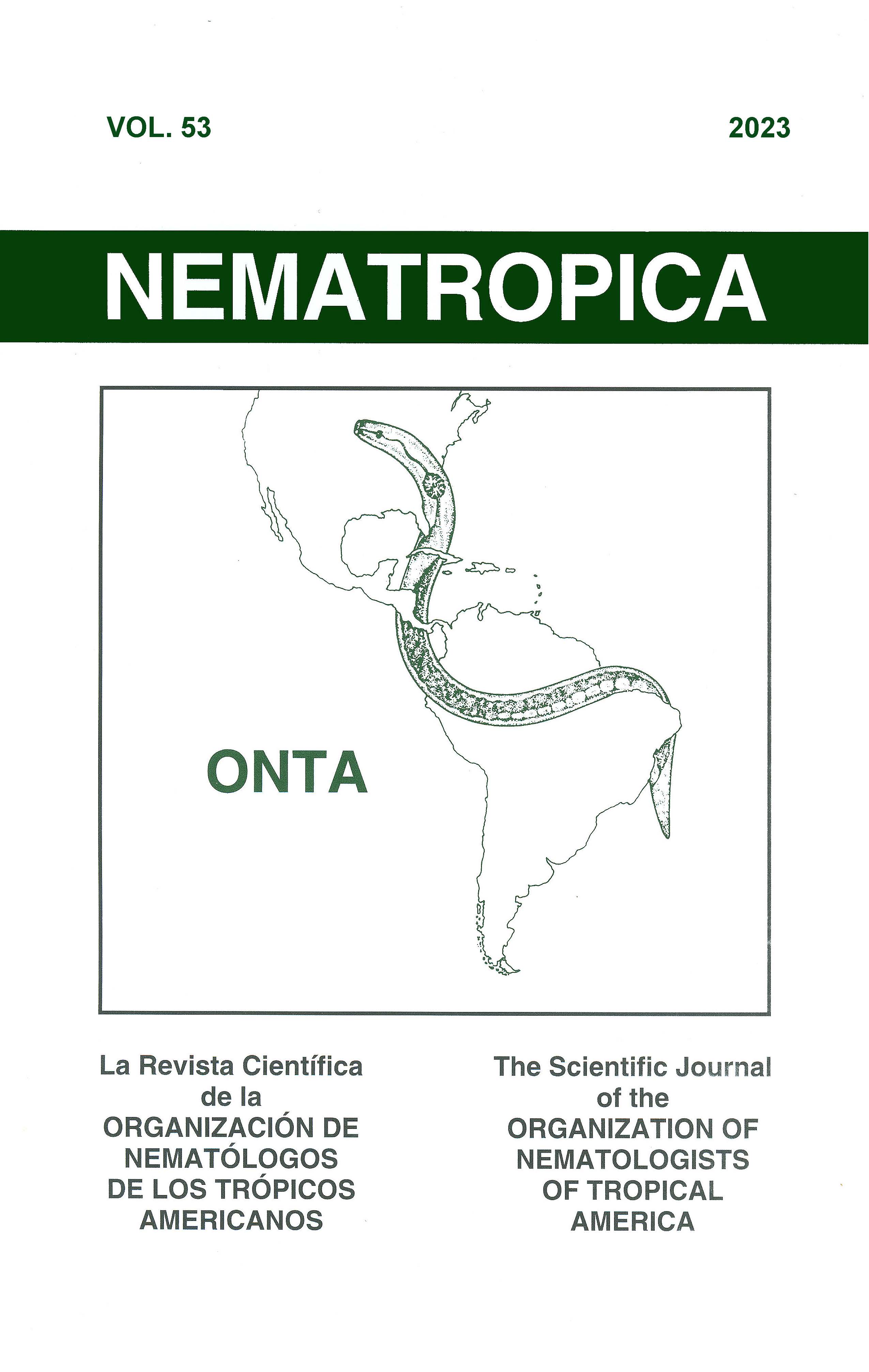HOST SUITABILITY OF CARINATA (BRASSICA CARINATA) FOR ROTYLENCHULUS RENIFORMIS
Abstract
Reniform nematode (Rotylenchulus reniformis, RN) is one of the most important yield-robbing pathogens in cotton (Gossypium hirsutum). In the southeast United States, carinata (Brassica carinata) is an emerging winter crop, but its host status for RN has not been studied. This information is foundational for the establishment of carinata as a crop and for RN management in the region. Therefore, the objective of this research was to determine the relative host suitability of carinata to RN when compared to poor hosts of RN—oat (Avena sativa), canola (B. napus), and peanut (Arachis hypogaea)—or good hosts of RN—hairy vetch (Vicia villosa) and cotton. This objective was investigated in a repeated greenhouse experiment with the first trial conducted in 2020 and the second in 2021. In both trials, carinata had reproduction factor values (final population density/initial population density) of less than one, and the abundance of RN per gram of roots and per root system was less for carinata than good hosts of RN. For other crops, results were consistent with the RN host status previously defined. Based on these results, carinata is a poor RN host, and therefore, it may be a useful management option for RN.

